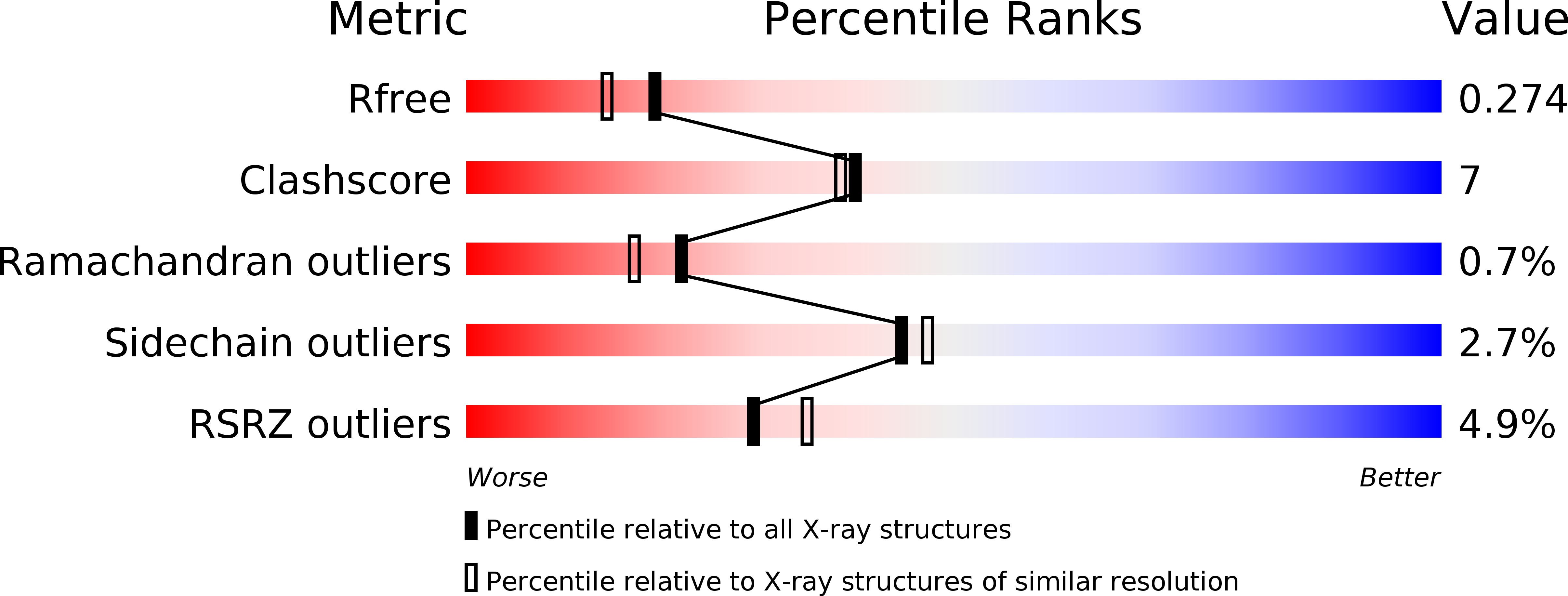
Deposition Date
2004-08-25
Release Date
2004-12-21
Last Version Date
2023-10-25
Entry Detail
PDB ID:
1XA5
Keywords:
Title:
Structure of Calmodulin in complex with KAR-2, a bis-indol alkaloid
Biological Source:
Source Organism:
Bos taurus (Taxon ID: 9913)
Method Details:
Experimental Method:
Resolution:
2.12 Å
R-Value Free:
0.26
R-Value Work:
0.21
R-Value Observed:
0.21
Space Group:
P 61 2 2


